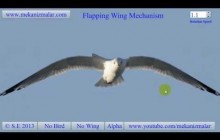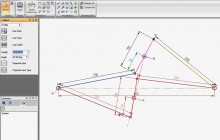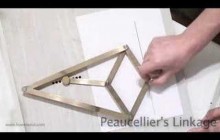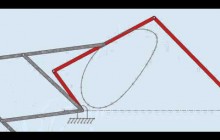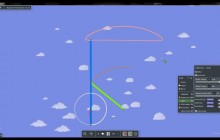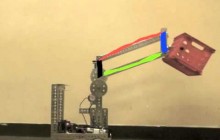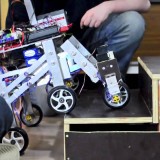Paralel Kol Mekanizması – 51023
A drafting machine is a very useful tool in technical drawing, consisting of a pair of scales mounted to form a right angle on an articulated protractor head that allows an angular rotation.
The protractor head (two scales and protractor mechanism) is able to move freely across the surface of the drawing board, sliding on two guides directly or indirectly anchored to the drawing board. These guides, which act separately, ensure the movement of the set in the horizontal or vertical direction of the drawing board, and can be locked independently of each other.


